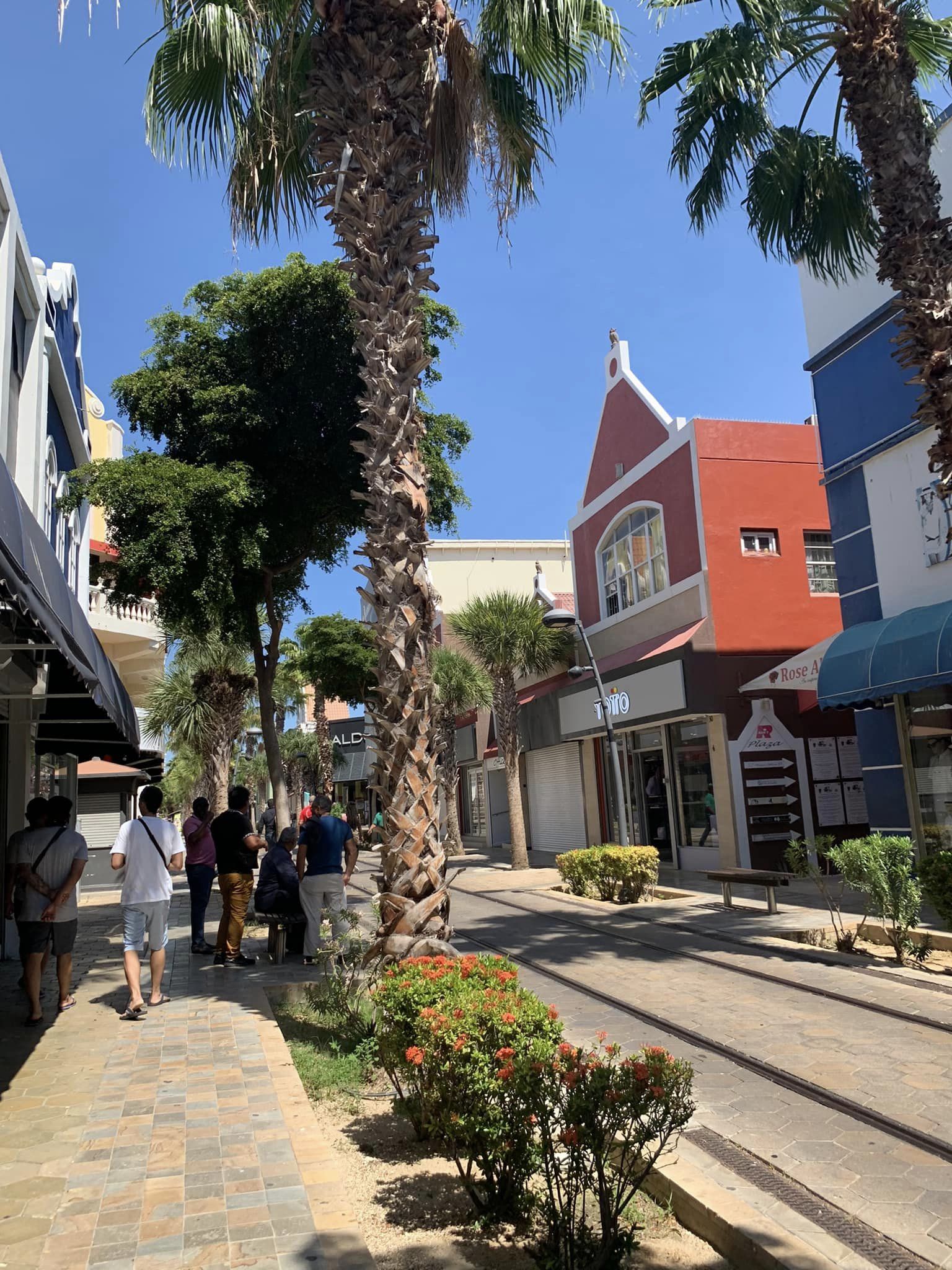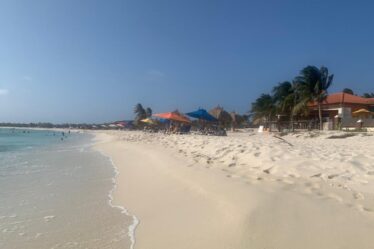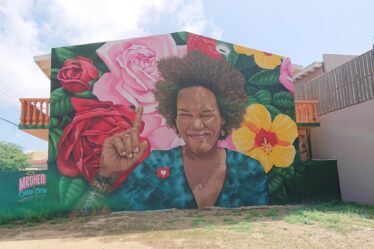
Oranjestad, the capital city of Aruba, has an interesting history that dates back to the 18th century.
Oranjestad was originally established as a small settlement in 1796 by Dutch colonizers. The town was named after King Willem van Oranje-Nassau (William of Orange), who was the ruling monarch of the Netherlands at the time. The name “Oranjestad” translates to “Orange City” in English.
The strategic location of Oranjestad, with its natural harbor and proximity to Venezuela, played a significant role in its development. The harbor allowed for trade and commerce, making Oranjestad an important center for shipping goods between Europe, the Caribbean, and South America.
During the early years, Oranjestad grew slowly, primarily serving as a trading post and a hub for the island’s agricultural activities, such as the export of aloe vera and Brazil wood. The town consisted of modest wooden buildings and had a relatively small population.
In the 19th century, Oranjestad began to experience more significant growth and development. The expansion of the oil industry in nearby Venezuela, particularly during the early 20th century, brought increased economic activity to the region. This, in turn, led to improvements in infrastructure, including the construction of more substantial buildings and the modernization of the harbor facilities.
Over time, Oranjestad evolved into a vibrant and colorful city with a distinctive Dutch colonial architectural style. The cityscape features pastel-colored buildings with ornate facades, gabled roofs, and decorative elements reminiscent of its Dutch heritage.
Today, Oranjestad is not only the political and administrative capital of Aruba but also a bustling tourist destination. It is known for its shopping districts, including the popular pedestrian-only street, Caya G.F. Betico Croes, lined with shops, boutiques, and duty-free outlets. Oranjestad’s picturesque harbor area, known as the Renaissance Marketplace, is a vibrant hub for dining, entertainment, and cultural events.
Oranjestad’s history and development reflect its important role in Aruba’s economic, cultural, and political life. It continues to be a vibrant and charming city that attracts visitors from around the world.

